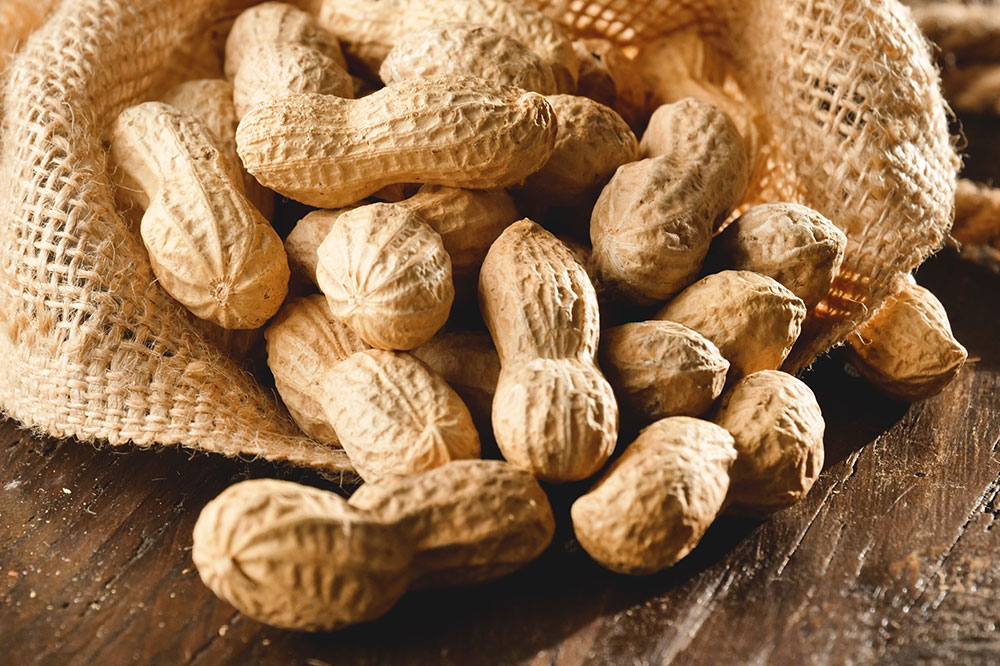Top 5 Food Allergies and How to Manage Them
Learn about the five most common food allergies, their symptoms, and treatment options. Peanut, milk, wheat, shellfish, and soy allergies can vary in severity. Recognizing these allergies and seeking medical help is crucial for safety and management. Explore effective treatments like immunotherapy and emergency measures such as epinephrine injections to handle severe reactions. Always consult healthcare professionals for accurate diagnosis and personalized care. This overview provides essential allergy information to raise awareness and promote safe eating habits.

Food allergies affect both children and adults, caused by the immune system mistakenly recognizing certain food proteins as threats. This reaction can lead to symptoms ranging from rashes and digestive issues to severe reactions like anaphylaxis. While many foods can trigger allergies, these five are most common:
Peanuts: A leading cause of severe allergic reactions; familial history increases risk.
Milk: Mostly affects infants and young children; proteins whey and casein are culprits. Not the same as lactose intolerance.
Wheat: Often outgrown by teens; reactions include nausea and breathing difficulties. Different from celiac disease.
Shellfish: Tend to cause lifelong allergies, with reactions from ingestion or even contact or inhalation.
Soy: Common in infants, but adults can also be affected, experiencing mild symptoms like rashes and stomach cramps.
Managing peanut allergies may include immunotherapy, which gradually exposes the body to peanut proteins to reduce sensitivity. Epinephrine injections are vital for severe reactions, providing quick relief from anaphylaxis. Always consult healthcare professionals for diagnosis and treatment plans.










